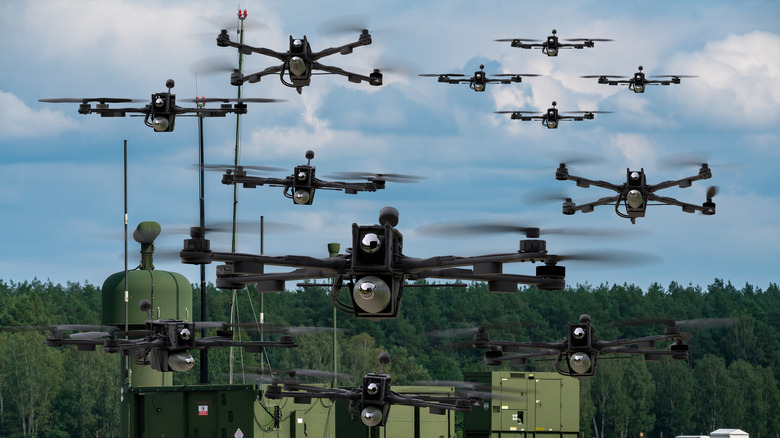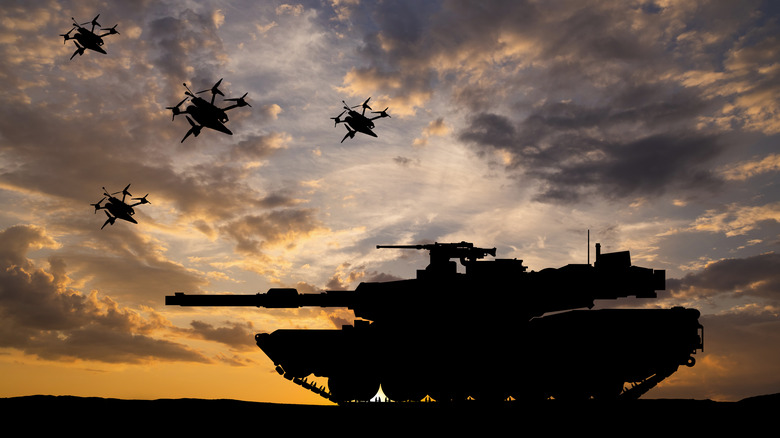Military Robots: What Disadvantages Do They Have & How Many Different Types Are There?
Years of science fiction movies about futuristic military warfare tend to have a bit of an impact on how we picture robots in the military. It usually involves robot skeletons shooting lasers, giant mechanical suits soldiers wear, and of course, cyborgs from the future. But the reality that's emerged is more utilitarian in nature, with the advent of artificial intelligence, drones, and other advanced technology.
The benefits are often discussed. Military robotics can clearly function as a bit of a force multiplier and ensure more efficient and impactful missions. Their programming has the potential to reduce costs, errors, and collateral damage in areas that are otherwise dangerous and/or time-consuming. And their use would extend the battlefield to places global and acute in nature previously unreachable.
That said, critics of their expanded use point to disadvantages regarding the escalation of wars, flaws with decision-making and responsibility in life and death scenarios, and the potential for hacking and reverse-engineering, among other concerns.
How the disadvantages might play out
The expanded use of robot technology will transform the military and likely reduce risk to human soldiers, but therein lies one of the chief concerns: eliminating the human element may inadvertently escalate both the size and frequency of wars. Without real risk and the correlated political pressure, the chances of them coming to an end would lessen.
Within those imagined wars, there's also a potential issue when it comes to target differentiation. It's believed a robot could make mistakes in determining combatants from noncombatants, and increase civilians deaths as a result, not that this doesn't happen already. The difference here is that when you have an artificially intelligent robot making life and death decisions, it becomes more difficult to hold someone responsible when mistakes are made, perhaps increasing collateral damage.
Finally, as advanced as a military robot may come to be, it's ultimately a computer, and as both movies and reality have shown us, they can be taken over. The concern here is that an enemy military or terrorist group could reverse-engineer the robotics technology and use it against us. We used to think the robots would fight back on their own, and that's still a concern, but it's more likely at this point that another human would just program it to.
The different types of military robots
Much as such technology is in use, we're still a bit far away from the future imagined above, as robots are not replacing human soldiers anytime soon. The primary use of military robots at the moment is in unmanned ground, aerial, and underwater vehicles. According to military supplier ADS, there are around seven types of applications for such robots. Among these are transports for soldiers and equipment, search and rescue robots heading where humans can't (especially useful for natural disasters), and reconnaissance and surveillance robots.
Additionally, since robots can face extreme environments, they're also used as firefighters when investigating a fire site, clearing and detecting land mines in a war zone, and of course, armed robots to eliminate threats and automatically defend (like this potentially game-changing unmanned tank). The last application could change how we imagine the drill sergeant, since the advent of training robots, which help in the creation of realistic live-fire scenarios.
How all this plays out in the future is perhaps the stuff of nightmares. But the main thing movies and novels about futuristic warfare always get wrong is the timing: it never occurs as soon as we think.


